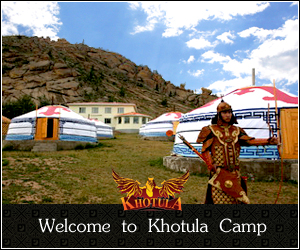Economy and Military Tactics of Mongol Empire
The priority in economics for Genghis Khan was animal husbandry, the way of life for steppe nomads. In his teaching, he emphasized the balance between livestock and pasture. Obviously, he prioritized horses and he provided advice on how to take care of the army’s horses. He established a general and united taxation system. In the Secret History of Mongolia, it said that tax of one sheep from a herd and one sheep from every hundred sheep was to be provided as charity for the poor and weak.
In the field of economy, Genghis Khan paid lots of attention to trade with neighboring states. Altan State was the main gateway to expand trade relationships with foreign countries. Trade between Mongolia and China was limited only by a border. In general, Genghis Khan was interested in establishing trade and an economical relationship with merchants. To do this, he was protected the Silk Road route, fought against robbers and their gangs and established camps for merchants. In building cities, he often used captured craftsmen. For example, in building Khar Khorum, he abstained from executing captured craftsmen and used them in the construction works.
Military Tactics
Genghis Khan produced a highly efficient army with remarkable discipline, organization, toughness, dedication, loyalty and military intelligence. The Mongol armies were one of the most feared forces in the history of battle. Operating in massive sweeps, extending over dozens of miles, the Mongol army combined shock, mobility and firepower unmatched in land warfare until the modern age. No other military combined combat power on land with such devastating range, speed, scope and effectiveness as the Mongol military.












